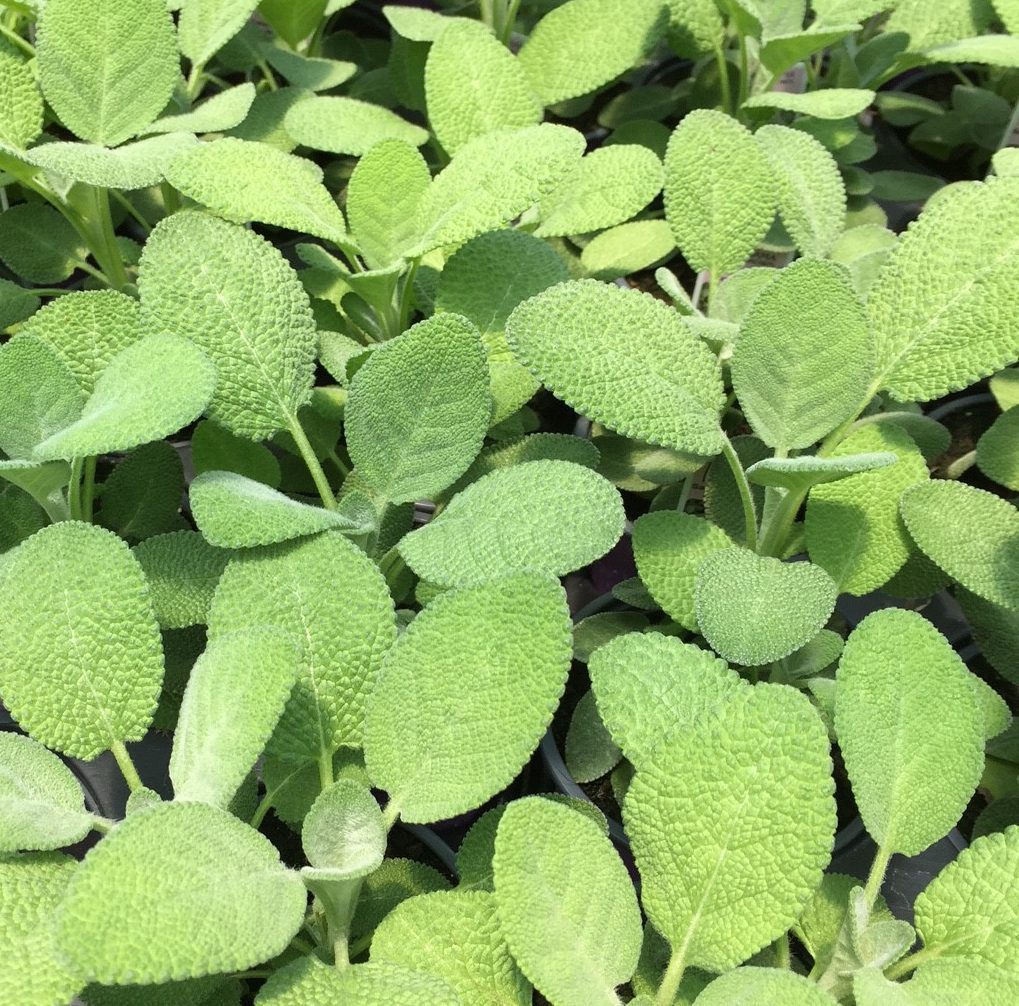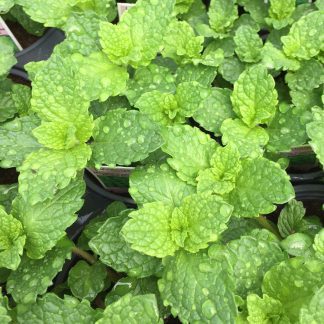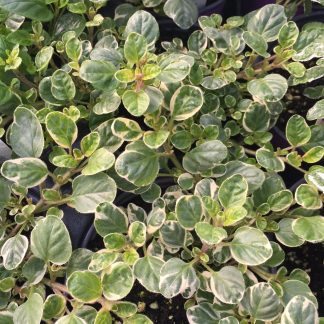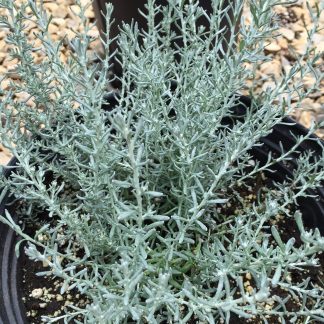Description
Sage (Salvia officinalis ‘Berggarten’): A Bold, Silver-Leaf Culinary Treasure
Sage has long held a special place in gardens and kitchens around the world. Among its many varieties, Salvia officinalis ‘Berggarten’ stands out for both beauty and flavor. Originally cultivated in Germany, this unique form of sage offers broad, velvety leaves in a stunning silver-gray tone. It not only enhances recipes but also elevates the look of any garden bed or container.
A Distinctive Take on Classic Sage
Traditional culinary sage is known for its earthy aroma and warm, savory flavor. ‘Berggarten’ keeps that flavor intact but introduces larger, rounder leaves with a soft, fuzzy texture. These leaves shimmer in sunlight, adding a decorative element that complements herb gardens and ornamental borders alike. Its dense, compact habit creates a neat mound of foliage, rarely exceeding 18 inches in height and width, making it perfect for smaller garden spaces.
Why ‘Berggarten’ Rarely Flowers
One of the most remarkable traits of this cultivar is that it seldom blooms. While many sages produce purple-blue flowers in summer, ‘Berggarten’ conserves energy by focusing on foliage production. This means gardeners enjoy a consistently lush display without worrying about pruning back faded flower stalks. The absence of flowers also helps maintain leaf flavor, as flowering can sometimes make sage leaves taste slightly bitter.
Growing Conditions and Care
‘Berggarten’ is as hardy and forgiving as it is beautiful. Here’s how to give it the best start:
- Sunlight: Prefers full sun, at least 6–8 hours per day.
- Soil: Well-draining soil is essential; sandy or loamy soils are ideal.
- Watering: Drought tolerant once established. Water deeply but infrequently to avoid root rot.
- Pruning: Trim lightly to maintain shape and encourage new growth. Remove any woody stems in spring.
- Spacing: Plant 18 inches apart to allow good air circulation.
Hardy in USDA zones 5–9, ‘Berggarten’ thrives in both garden beds and large containers. It can be overwintered indoors in colder regions by bringing pots inside to a sunny window.
Culinary Uses
The flavor profile of ‘Berggarten’ is nearly identical to traditional sage—warm, peppery, and slightly pine-like. The broad leaves make harvesting easy and provide plenty of surface area for drying or frying. Use them in:
- Roasted meats, especially pork and poultry
- Hearty soups and stews
- Sage butter for pasta or gnocchi
- Herbal blends like poultry seasoning or Italian mixes
Fresh leaves can also be crisped in butter or oil as a garnish, adding both texture and aroma to dishes.
Ornamental Appeal in Garden Design
Beyond the kitchen, ‘Berggarten’ is a visual standout. The silver foliage contrasts beautifully with green herbs, deep-purple basils, and bright flowering annuals. It works well in:
- Rock gardens
- Mediterranean-style plantings
- Mixed herb beds
- Decorative pots on patios or balconies
The tidy mound form means it won’t sprawl, keeping your garden looking well-organized and refined.
Tips for Longevity and Health
To keep ‘Berggarten’ thriving year after year:
- Avoid over-fertilizing; too much nitrogen can reduce flavor intensity.
- Ensure good drainage, especially in winter, to prevent root rot.
- Refresh older plants by taking softwood cuttings in late spring or early summer. This rejuvenates growth and ensures a steady supply of young plants.
A Garden Classic With Modern Charm
‘Berggarten’ sage bridges the gap between utility and beauty. It offers the robust flavor cooks love while delivering ornamental silver foliage that brightens any garden design. Low maintenance, drought tolerant, and versatile, this herb earns its place in both culinary and ornamental spaces. For anyone seeking a garden workhorse with year-round appeal, ‘Berggarten’ is an easy favorite.
Bringing Silver Elegance to Everyday Gardens
With its velvety leaves and time-honored flavor, ‘Berggarten’ sage transforms even the smallest herb plot into something special. Whether tucked into a raised bed, lining a border, or gracing a kitchen container, this variety rewards both the eye and the palate. It’s a plant you’ll reach for in recipes and admire in the garden, season after season.




